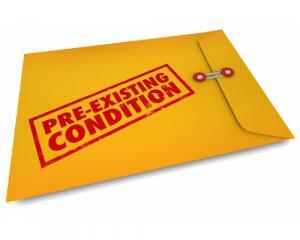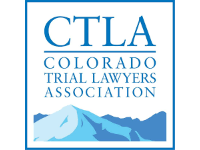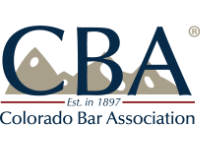
Call Us 24/7 For A Free Legal Consultation
At Rector Stuzynski LLC, We Get You MORE!
Exceptional Results Require Outstanding Attorneys
$4 Million +
Motor Vehicle Accident
$1.5 Million
Rear-End Car Accident
$1 Million
Motorcycle Accident

Millions Of Dollars Recovered Every Year For Our Satisfied Clients
Awards & Associations





Proving fault is key to getting compensation in your injury case, but it’s not always an easy thing to do. Many times there is no hard evidence to prove who did what so we have to resort to other methods. One of the leading fault determinations is negligence and is the cause of the majority of injury claims that we come across. Let’s look at the details so you can understand what all this means for you and your injury claim.

If you are involved in a personal injury claim, negligence is a word you’ll be hearing a lot. Many injury cases are caused by another person’s negligence, but what is negligence? Negligence is basically a breach of your duty of care for others around you. This means understanding that there are rules/laws you need to abide by, but choosing not to and in turn end up causing some sort of accident. This can be from a car accident where you were speeding or driving reckless, drunk driving, not clearing ice off the steps of your business entrance, knowing your product malfunctions in a dangerous manner and selling it anyways or many other scenarios.
Partial fault is exactly what it sounds like. It means that the other party did something that helped the accident happen. This could be illegal window tint on their car affecting the person’s ability to see, crossing over into the other persons lane, jaywalking in front of oncoming traffic, turning on a red light or similar events where the accident wouldn’t have happened or have been as bad as it was without the contributing acts from the other party.
When partial fault is apparent in a case, it means that the settlement amount will be reduced by the percentage of fault that the claimant was responsible for. In cases where both parties are deemed 50% liable, there will not be a settlement because both parties were equally at fault. However, if the claimant was only 10% at fault, then 10% of the settlement amount would be removed to make things fair.
We serve clients injured anywhere throughout the state of Colorado, but we focus on residents of these areas: Colorado Springs, Manitou Springs, Fountain, Briargate, Monument, Black Forest, Pueblo, Canon City, Larkspur, Security-Widefield, Peyton, Castle Rock, Teller County, El Paso County, Elbert County, Park County, Douglas County and beyond.
Consultations are always free and available 24/7 over the phone.